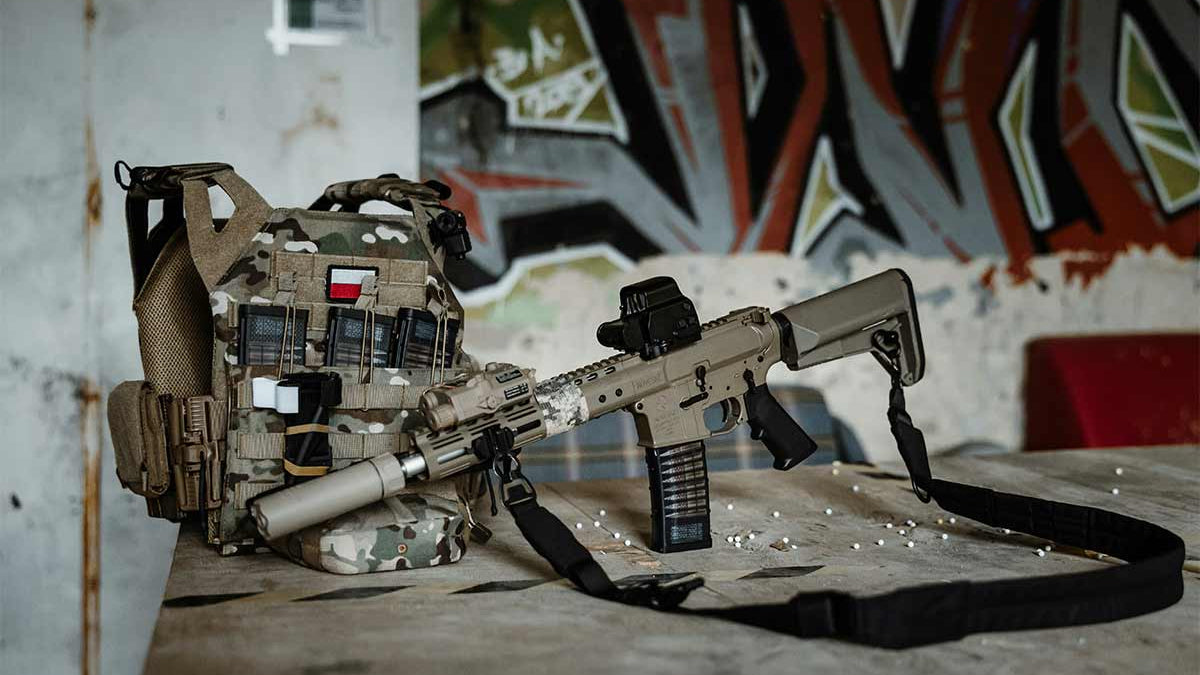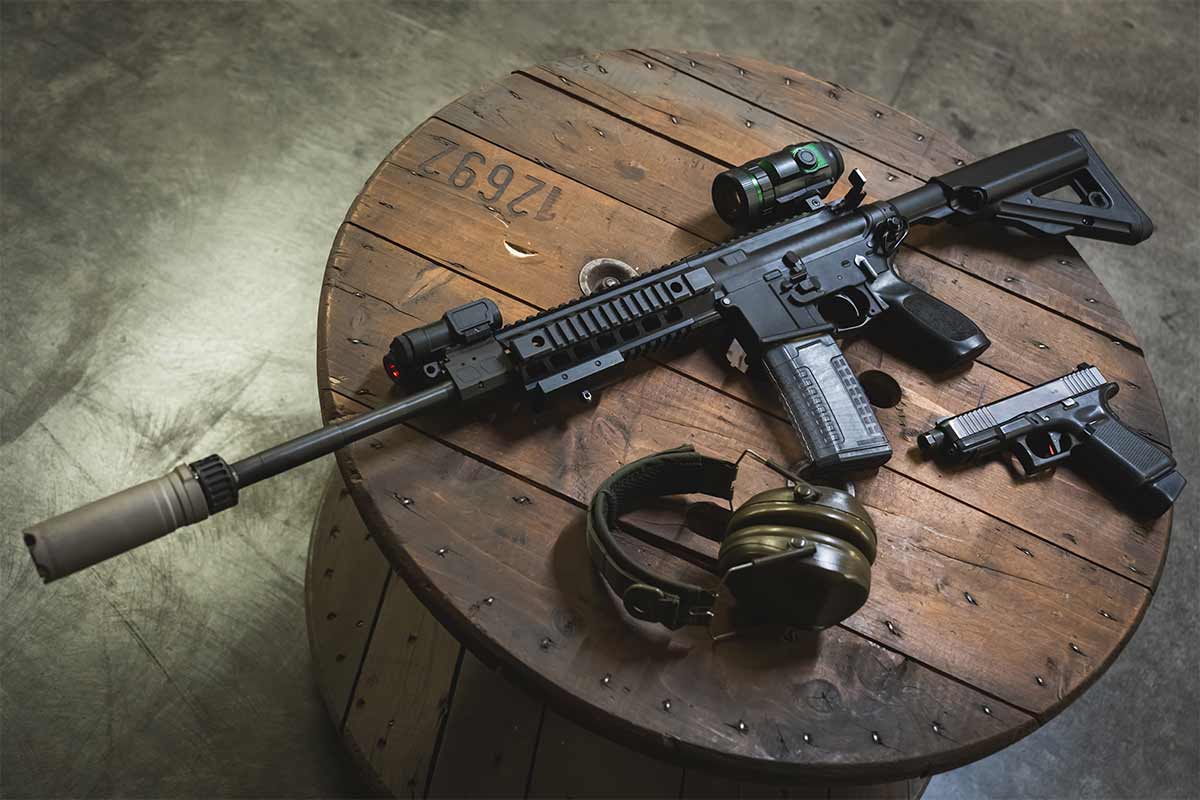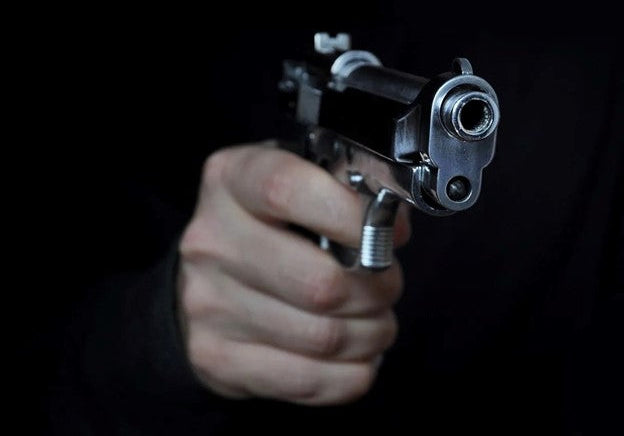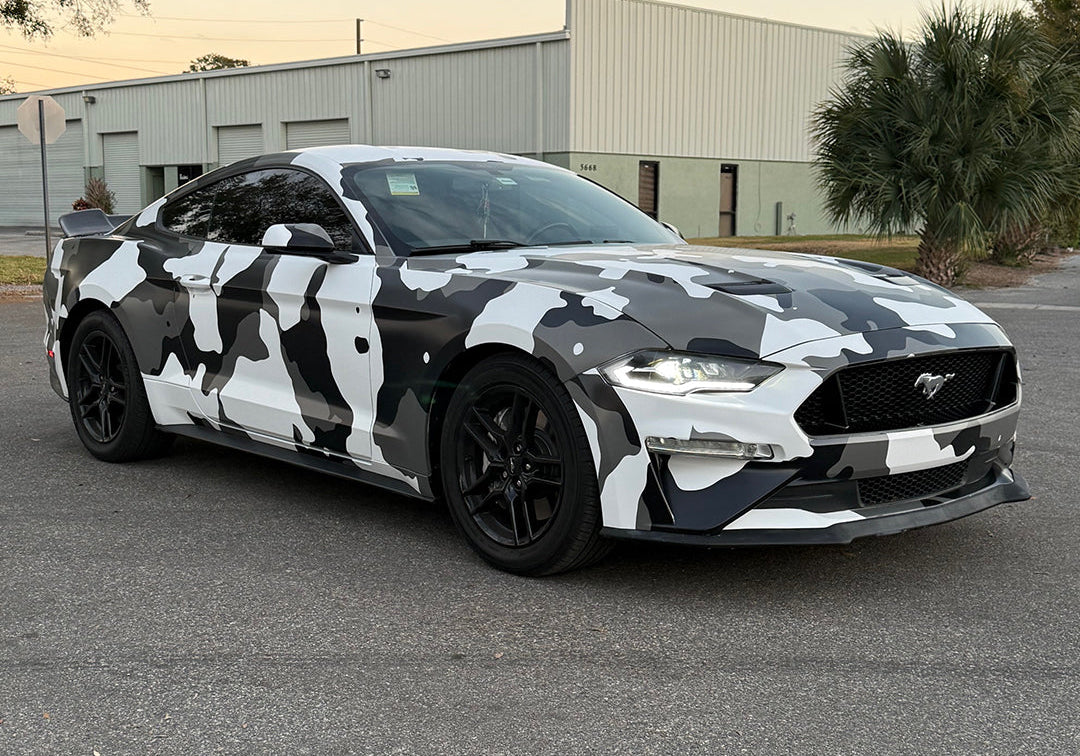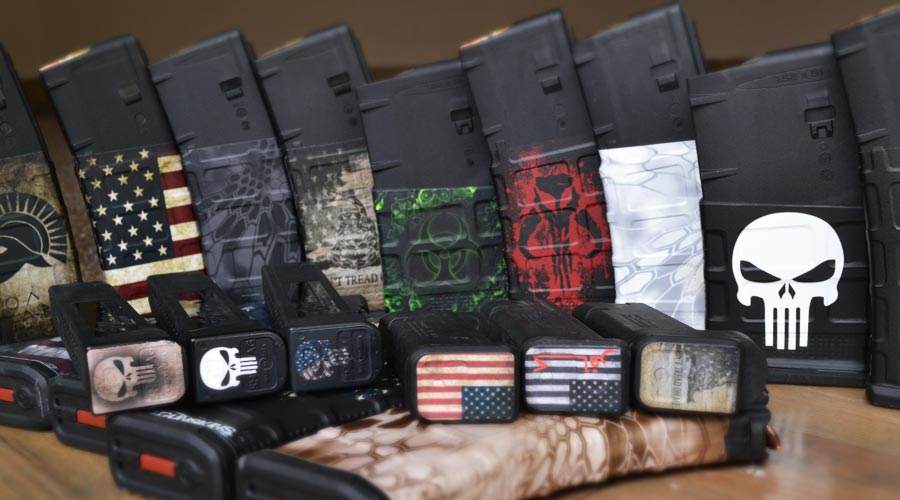In the evolving landscape of modern fashion, the term “tactical” has expanded far beyond its roots in military and law enforcement utility. What was once strictly functional attire designed for combat zones and survival training has gradually transitioned into a dominant style influence, reshaping urban fashion, streetwear, and even high-end collections. The shift from battlefield to boulevard illustrates a fascinating cultural transformation where practicality, symbolism, and rebellion merge into a statement of identity.
The tactical aesthetic—with its clean lines, muted color palettes, modular functionality, and rugged appeal—has been embraced by civilians seeking more than just fashion. It's about preparedness, self-reliance, and nonconformity. It speaks to a desire to control one’s environment in a chaotic world, even if symbolically.
Performance Gear in Everyday Carry
Among the factors driving tactical gear’s lifestyle appeal is the everyday carry (EDC) culture. EDC enthusiasts prioritize gear that’s reliable, multi-functional, and aesthetically cohesive. Tactical backpacks, minimalist pouches, modular vests, belts with hidden compartments, and adaptable holsters have entered regular circulation, not just for enthusiasts, but for average urbanites navigating commutes, outdoor treks, and work routines.
An example of this seamless integration is the equipment from Recover Tactical, which showcases how innovation and function intersect with form. Their products feature adaptable designs that cater to individual preferences without compromising usability.
Function First: Where Style Meets Purpose
The mainstream adoption of tactical fashion finds its foundation in function. Unlike traditional apparel driven by seasonal trends, tactical gear is built to endure, adapt, and serve. The focus on utility—multiple pockets, abrasion resistance, water repellency, and modular attachments—makes it naturally appealing to anyone leading an active or unpredictable lifestyle.
One reason for its appeal is its ability to blend form with purpose without compromising either. Tactical clothing and accessories were never designed to be flashy. They were designed to work under pressure—weatherproof, reinforced, and minimalistic. Ironically, this very practicality became a style virtue in an age where people increasingly value authenticity and preparedness over superficial trends.
Symbolism and Individualism
What makes tactical gear more than a collection of utility-focused accessories is the symbolism attached to it. In an age where visual expression is an extension of personal values, tactical wear speaks volumes. It communicates readiness, stoicism, and control. For some, it’s a fashion of dissent—rejecting overly decorative and brand-centric apparel in favor of subdued, practical alternatives.
The appeal is particularly strong among individuals who don’t subscribe to typical fashion norms. For tech workers, artists, adventurers, and independent thinkers, tactical gear offers a wardrobe that matches their mindset.
Crossover with Streetwear and High Fashion
The merger of tactical elements with streetwear has opened doors to broader appeal. Designers began incorporating tactical aesthetics—webbing, buckles, utility belts, Velcro panels, and cargo structures—into sneakers, jackets, and even formalwear. Streetwear brands often blur the line between fashion and function, borrowing heavily from the design language of tactical gear to convey edge and utilitarian rebellion.
Digital Culture and Visual Identity
Social media has played a significant role in making tactical gear a lifestyle. On platforms saturated with curated images, gear that tells a story of adventure, capability, or survival naturally gains traction. Whether it's a lone traveler with a tactical pack, an urban commuter with a modular jacket, or an enthusiast showing their EDC layout, these visual cues resonate with viewers seeking more authenticity in their lives.
Preparedness and the New Normal
Events over the last decade—including natural disasters, social unrest, and global health crises—have made preparedness more than a niche interest. It’s become a psychological necessity. Tactical gear represents a mindset that values readiness without panic and function without overkill.
Tactical gear’s transition from niche to necessity is more than a trend—it’s a reflection of society's deeper cravings. In a culture increasingly defined by uncertainty, tactical gear offers something rare: functional confidence. It’s not just what people wear; it’s how they choose to live.


